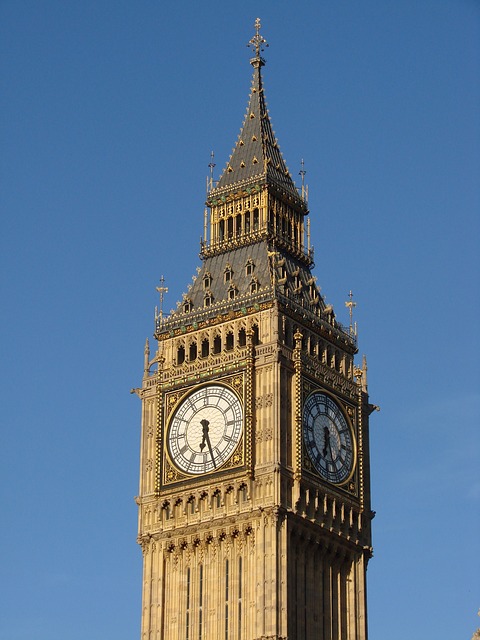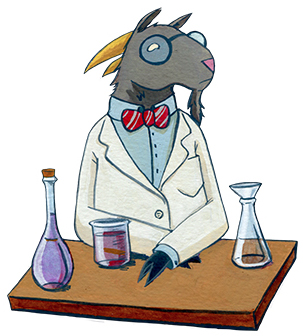Difference between revisions of "Colourless London"
From Londonhua WIKI
Akgiacoman (talk | contribs) |
Akgiacoman (talk | contribs) |
||
| Line 51: | Line 51: | ||
Thursd. Jan. 19. Cold and cloudy. Must be several weeks since it was a single gleam of sunlight." | Thursd. Jan. 19. Cold and cloudy. Must be several weeks since it was a single gleam of sunlight." | ||
<br><br> | <br><br> | ||
| − | "The Doom of the Great City", a book published in 1880, also describes in great detail how the majority of central London was "choked to death" by toxic fog, and even further, how people cared very little about solving the problem. "Londoners were well accustomed to the inconvenience of fogs, and looked upon them in the light of a regular institution, not caring to investigate their cause with a view to some means of mitigating them." However, in that time, very little was known about the terrible consequences of long term exposure to the contamination in the fog. It was not until about the 1840's when the sanitary movement started tackling the smoke issue. | + | "The Doom of the Great City", a book published in 1880, also describes in great detail how the majority of central London was "choked to death" by toxic fog, and even further, how people cared very little about solving the problem. "Londoners were well accustomed to the inconvenience of fogs, and looked upon them in the light of a regular institution, not caring to investigate their cause with a view to some means of mitigating them." However, in that time, very little was known about the terrible consequences of long term exposure to the contamination in the fog. It was not until about the 1840's when the sanitary movement started tackling the smoke issue. <ref>Hay, W. D. (1880). The doom of the great city: being a narrative of a survivor, written A.D. 1942. London: Newman.</ref> |
<br><br> | <br><br> | ||
Revision as of 08:31, 16 May 2017
Contents
Colourless London
by akgiacoman
 Your Project Page Picture Caption |
Abstract
"A London Full of Colour" is a project that aims to portray a different reality of the daily life of London citizens. By picturing different scenarios in their reality comparing them to the reality that I choose for each one of them, the audience will be able to admire the beauty and uniqueness of the city from a different perspective. I have gone to international poetry competitions and taken painting and photography courses before arriving to college. This project will combine my favorite forms of expression through art and hopefully brighten the days of the viewers. The main message I wish to convey is that every single one of us chooses the reality they want to live in, meaning that the same place could be seen as a prison for our souls or a wonderland for our imagination. The goal of this Milestone, however, is to display London as it is and to capture through pictures emotions displayed by people walking by or admiring the landscape. Pictures are taken from different perspectives and represent feelings of an average citizen living daily life. In the same way, this milestone explores the influence and relationship between the London weather and psiquis of the Londoners.
Introduction
Section 1: Background
Weather in London
(a description of the weather patterns along the year and along the ages)
The London Fog
The Source of the Issue
By the early 1800's, industrial centers in the United Kingdom such as Manchester and Birmingham were about in the same level of pollution as London. Small manufactories were all around the city and larger polluters accumulated near the rivers. Glass makers, breweries, potteries, tanneries and domestic coal fires, all contributed to the atmosphere of noxious fumes. So then a battle to remove the fog began when in 1819, Michael Angelo Taylor, MP of Durham, demanded the Parliament to take action to mitigate the issue. In response to this, a select committee was formed to discuss if smoke was dangerous to health and if there was anything that could be done about it. Taylor put a lot of effort into his cause and brought to the sessions arguments that now are logical to us but, in that time, were absurd. Arguments like that factory owners should make adaptations and buy new machines and that tis would not only be beneficial to the city to to them as well, in a long term of course. He was also amongst the first to suggest that the black fog was harmful to public health and it carried diseases. However, there were dissenting voices; manufacturers argued that smoke only represented a minor inconvenience. Some even dared to claim that smoke "disinfected" the air from the smell of the drains. Even Robert Angus Smith, who discovered acid rain in 1859 strongly believed that tough the sulfurous acid contained in the smoke was capable of damaging buildings, it treated miasma. As a result of these popular believes, Taylor had very little success in the parliament, however, he set a precedent and his claims were later supported by scientific data and medical evidence.[1]
Severity
In the book "Dirty Old London", it is emphasized how severe the problem of the fog started to become by the end of the nineteenth century. "The most wretched poor were passing on an ever-accumulating collection of physical and mental defects to their rickety children. This dark parody of Darwinian evolution gained great credence when thousands of young men new turned away for service in the Boer War on grounds of their poor physical condition. Smoke and fog were high amongst the possible culprits for what seemed a disturbing decline in physical strength." Judging from the author's perspective, it is visible how the fog, besides causing physical damage to the citizens of London, became as well a social issue. As mentioned later in the book, in the diary of George Gissing, for January 1888, he complains about the fog in a most depressing way of manifesting his misery. [2]
"Mond. Jan. 9. Hideous fog; bad cold...
Tuesday. Jan. 10. Fog still; cold worse...
Wed. Jan. 11. Fog denser than ever. Cold so much worse, had to lie up in house...
Thursd. Jan. 12. A terrible day; the fourth that we have not seen the sky.
Frid. Jan 13. Fog hanging about still, until 3 in afternoon. Then clearing...
Sat. Jan. 14. Black fog at noon, then cleared, and at night tanked heaven for showing its stars once more...
Thursd. Jan. 19. Cold and cloudy. Must be several weeks since it was a single gleam of sunlight."
"The Doom of the Great City", a book published in 1880, also describes in great detail how the majority of central London was "choked to death" by toxic fog, and even further, how people cared very little about solving the problem. "Londoners were well accustomed to the inconvenience of fogs, and looked upon them in the light of a regular institution, not caring to investigate their cause with a view to some means of mitigating them." However, in that time, very little was known about the terrible consequences of long term exposure to the contamination in the fog. It was not until about the 1840's when the sanitary movement started tackling the smoke issue. [3]
From a Londoner Perspective
"By the end of the (19th) century, the pall of smoke and fog over the metropolis seemed inescapable, and Londoners were designated to its presence. Parliament would not act; householders were apathetic. Late-Victorian "degenerationists" argued that vitiated air and lack of sunlight were creating an underclass of slum-dwellers, atrophying in the darkness." [4]
In 1903, Jack London said in "The People of the Abyss"; "The color of life is grey and drab. everything is helpless, hopeless unrelieved, and dirty. The people themselves are dirty, while any attempt at cleanliness becomes howling farce, when it is not pitiful and tragic. Strange, vagrant odours come drifting along the greasy wind, and the rain, when it falls, is more like grease than water from the heavens."
Weather's influence
(Studies and polls about the relationship between people's emotions, way of being and weather)
Artistic Component
Despite the widespread social anxiety caused by the fog, many artists found in it a source of inspiration from a wide broad of perspectives. For some fog represented a looming presence, alive and malignant.[5]
Section 2: Deliverable
The Setting
(reasons why these places were chosen for this project and comments on the pictures taken of the place. Will contain links to articles for each one)
The Tower Bridge
The London Eye
The Big Ben
The Gherkin
Harrods
Gallery
Conclusion
In this section, provide a summary or recap of your work, as well as potential areas of further inquiry (for yourself, future students, or other researchers).
References
- ↑ Jackson, L. (2014). Dirty Old London. New Haven: Yale University Press. pp 212-237
- ↑ Jackson, L. (2014). Dirty Old London. New Haven: Yale University Press. pp 212-237
- ↑ Hay, W. D. (1880). The doom of the great city: being a narrative of a survivor, written A.D. 1942. London: Newman.
- ↑ Jackson, L. (2014). Dirty Old London. New Haven: Yale University Press. pp 212-237
- ↑ CORTON, C. L. (2015). LONDON FOG: the biography. S.l.: BELKNAP HARVARD. pp 1.
External Links
If appropriate, add an external links section
Image Gallery
If appropriate, add an image gallery


